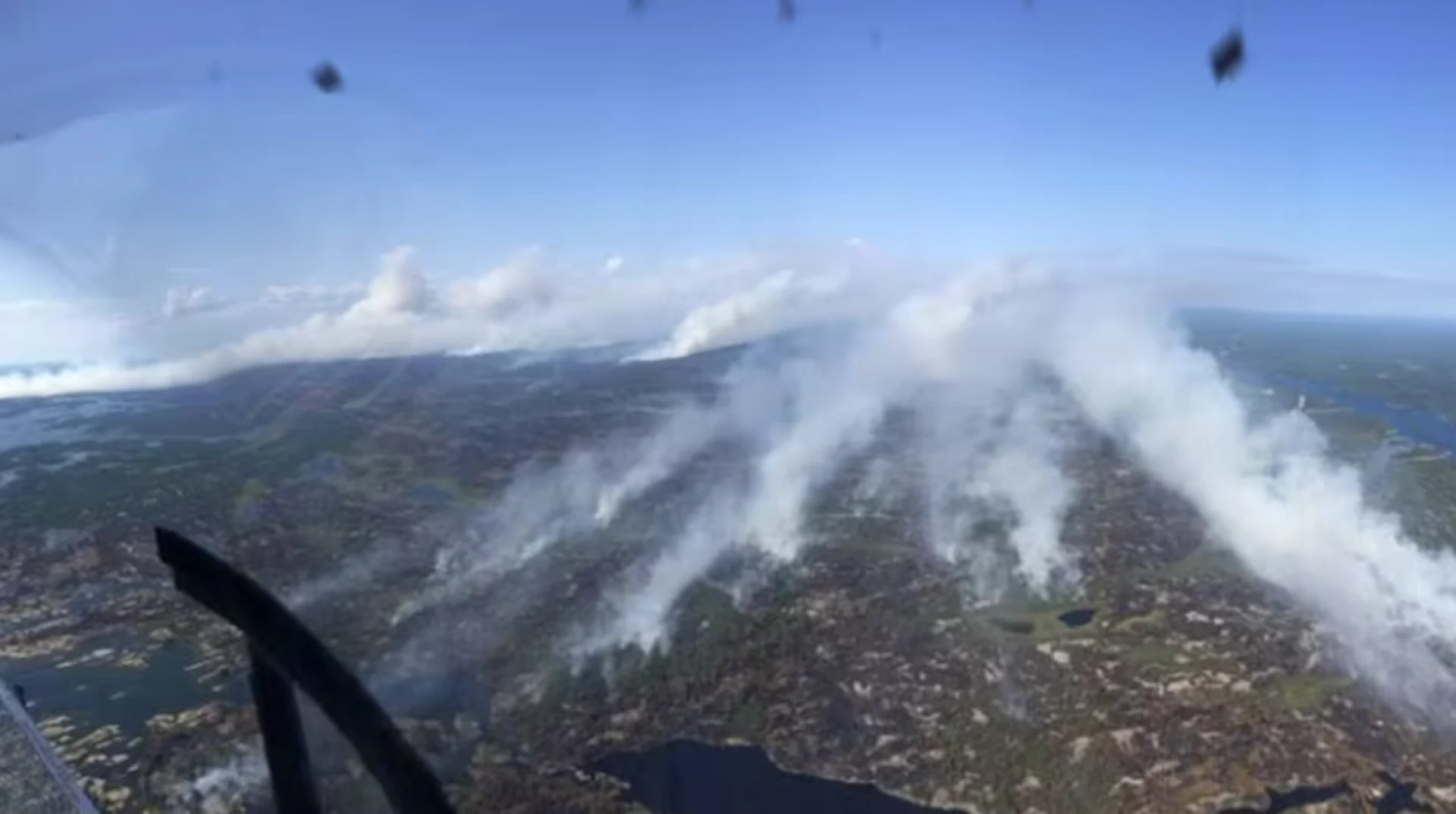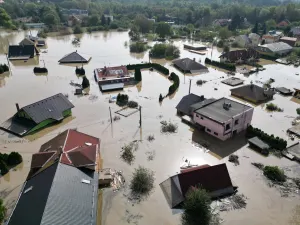
Ontario wildfire activity in 2024 well below average
The number of wildfires across Ontario has been well below average in 2024, according to data from the Ministry of Natural Resources and Forestry (MNRF).
The province has seen just 257 fires between Jan. 1 and Aug. 5 of this year, well below the 10-year average for the same time period, which is 526 fires.
Ontario saw 615 fires across the province during the same period in 2023.
"The province of Ontario has seen a predominantly zonal flow through the first half of the fire season, typically with a few days of warm seasonal weather, followed by a few days of significant widespread precipitation, and so on and so forth," said Isabelle Chenard, a communications and media relations specialist with the ministry, in an email to CBC News.
CANADA'S WILDFIRES: Visit The Weather Network's wildfire hub to keep up with the latest on the active wildfire season across Canada.
"This general trend has caused the fire hazard to rise and promptly fall regularly. Significant widespread rain events have kept forest fuels from drying out for extended periods of time, making the forest less likely to be impacted by lightning."
A wet spring
Sudbury saw more than 525 millimetres of precipitation between Jan. 1, and July 31, according to data from Environment Canada.
That's considerably higher than the slightly-more-than-300 millimetres that fell during the same period in 2018, when the Parry Sound 33 wildfire laid waste to more than 11,000 hectares of forest on Georgian Bay.

The fire known as Parry Sound 33 burned more than 11,000 hectares of forest in 2018. (Matt Bell)
A similar trend can be seen at the weather station in Beatrice, near Parry Sound, according to Peter Kimbell, a warning preparedness meteorologist with the weather agency.
"As a general rule, through the year, the Parry Sound-Beatrice area has between about 75 and 100 millimetres of precipitation per month," Kimbell said.
"This year, we had 89 millimetres in January, 53 in February, 72 in March and 200 in April, so there you have a bit of a clue that the spring was fairly wet. … So that really helped, I think, in a long way [to] mitigate any potential dryness that would be a trigger for forest fires."
May, June and July have brought more than 300 millimetres of additional rainfall, Kimball added.
In 2018, the Beatrice area received slightly less than 425 millimetres during the entire period from Jan. 1 to July 31.
"July we had 57 [millimetres], but what is not abundantly clear [from] just that one number is that the first three weeks of the month were especially dry," Kimball said of 2018.
DON'T MISS: Perseid meteor shower promises a celestial extravaganza, here's when
This past winter, the union representing Ontario's wildland firefighters expressed concern that the warm temperatures and relatively low precipitation at the time could lead to a severe fire season.

Smoke blankets Thunder Bay last June during a busy wildfire period. Ontario's official fire season in 2024 started April 1. (Marc Doucette/CBC)
Rain keeping forest fuels moist
But Chelene Hanes, a wildland fire research scientist with the Canadian Forest Service, said the subsequent spring and summer rains helped keep the fuel on the forest floor moist.
This year's drought code, which measures moisture in the deepest layers of the forest floor, is at or a little below the 30-year average, she said.
Ontario's forest floors have plenty of fuel — such as fallen needles and leaves, twigs, branches and dead trees — to feed a fire in the right conditions, said Warren Mabee, the director of the Queens Institute for Energy and Environmental Policy.
However, he said, it has been spared the fate of British Columbia and Alberta, where the mountain pine beetle has left "huge swaths of standing deadwood."
Asked what might have contributed to the devastating fire that tore through parts of Jasper, Mabee replied, "I think it was that build-up of fuel load and the fact that there were beetle-killed stands all around the town of Jasper."

Smoke from the Kenora 51 forest fire is shown in this 2022 file photo. The 2023 forest fire season led to a number of air quality statements from Environment Canada for northwestern Ontario areas due to smoke from fires in the region. (Ontario Ministry of Northern Development, Mines, Natural Resources and Forestry)
Ontario is currently experiencing a drying trend that could see more fires start to crop up, Hanes said, though she isn't anticipating a major inferno in the immediate future.
"I wouldn't say [I'm] overly concerned that it's anything out of the ordinary," she said.
"And my understanding is the province, you know, still has plenty of resources and is able to handle what could potentially be coming at us in the coming days."
Chenard said the province continues to see thunderstorms in many areas, and it continues to preposition resources and equipment based on a five-day outlook period.
"As is the case every year, detection aircraft continue to be on the lookout for holdover fires," she said, "which are fires that start under the forest floor or within a tree that has been struck by lightning, which may lie undetected for several days until conditions dry out, temperature rises, or winds increase."
Thumbnail image credit to Matt Bell via CBC News.
This article was originally written by and published for CBC News.









